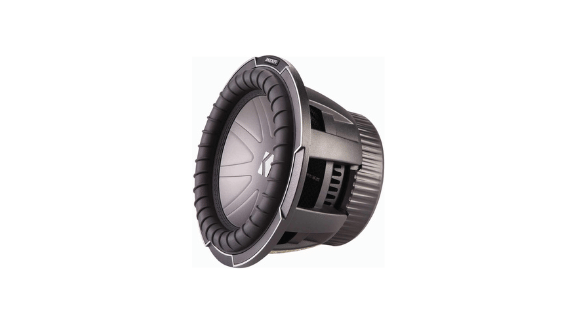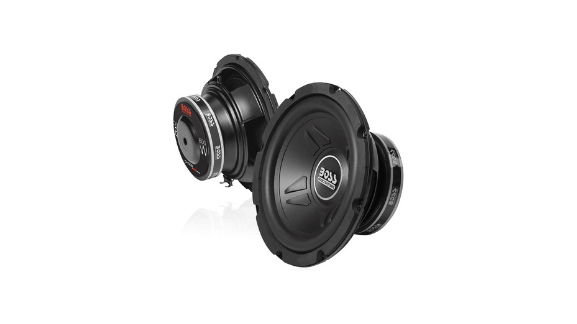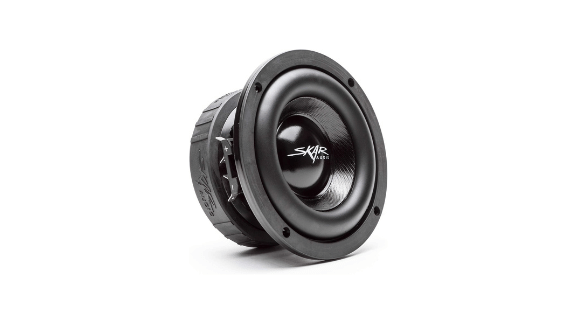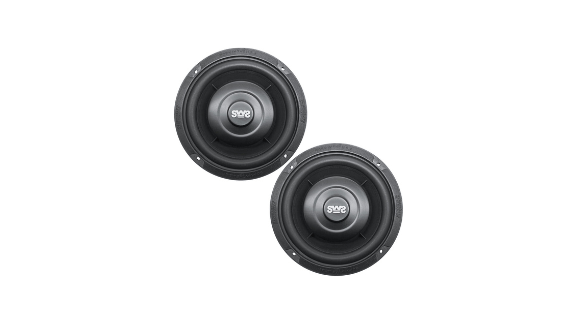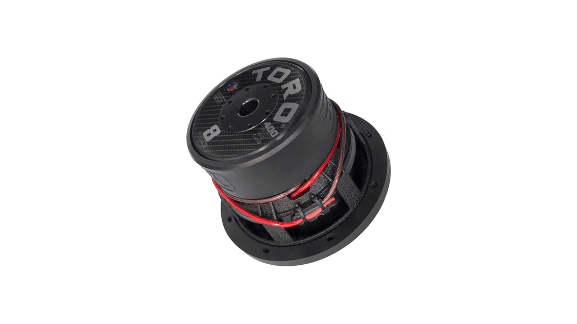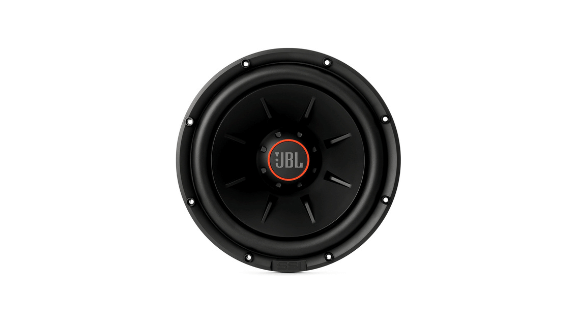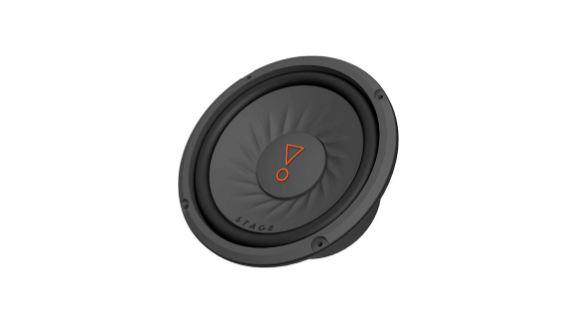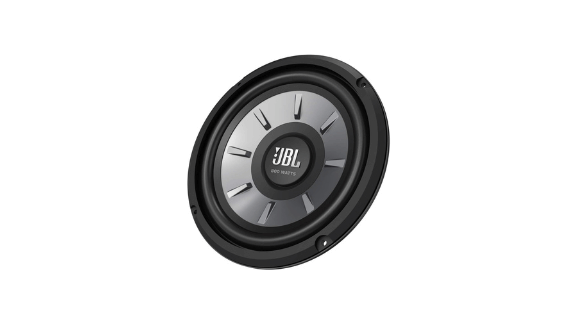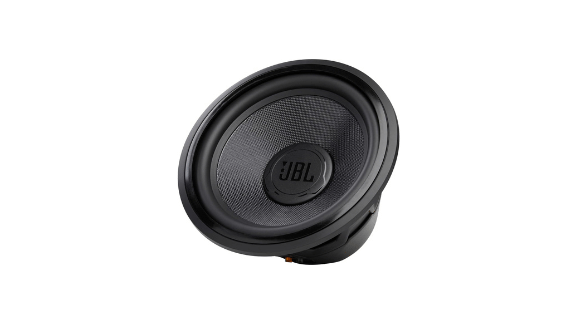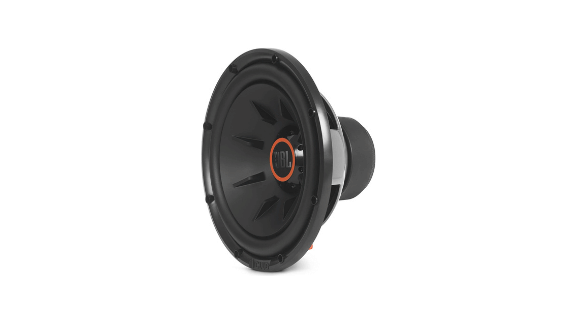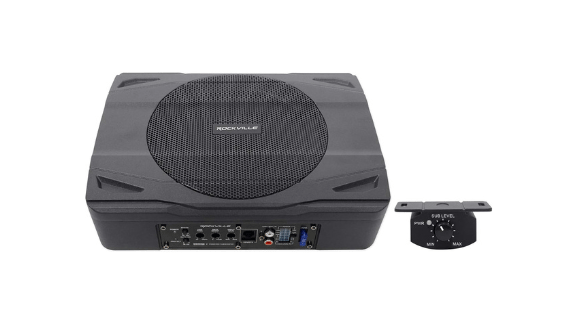A subwoofer is an essential component of any sound system, specifically designed to handle low-frequency sounds or bass. Whether you are setting up a home theater, enhancing your car audio system, or enjoying audio with deep bass, subwoofers can significantly improve your overall listening experience. Subwoofers reproduce the low-end frequencies that are hard for standard speakers to deliver, offering that powerful thump and rumble that brings audio, and games to life.
In this guide, we’ll walk you through everything you need to know about selecting the best subwoofer. We’ll discuss key considerations such as subwoofer types, power ratings, frequency response, and more. By the end of this guide, you’ll be able to choose the perfect subwoofer for your setup, whether it’s for gaming, audio, or car audio.
Best Subwoofers Buying Guide
When it comes to creating an immersive audio experience, few components can match the impact of a well-chosen subwoofer. These specialized speakers are designed to reproduce the lowest frequencies in your audio setup, adding depth, richness, and physical presence to your music, movies, and games. Whether you’re a dedicated audiophile or a casual listener looking to enhance your home theater system, understanding the key factors in selecting the right subwoofer can make all the difference in achieving audio nirvana.
Understanding Subwoofer Basics
At its core, a subwoofer is a loudspeaker dedicated to reproducing low-pitched audio frequencies known as bass. These frequencies typically range from 20 to 200 Hz, though some high-end models can reach even lower. Subwoofers work in tandem with your main speakers, handling the bass frequencies and allowing the other speakers to focus on midrange and high frequencies. This division of labor results in clearer, more defined sound across the entire audio spectrum.
Types of Subwoofers
There are two primary types of subwoofers to consider: passive and powered. Passive subwoofers require an external amplifier to function, offering more flexibility in terms of amp selection but requiring additional setup and components. Powered subwoofers, on the other hand, have a built-in amplifier, making them more convenient and easier to integrate into existing systems. For most home users, powered subwoofers are the preferred choice due to their simplicity and all-in-one design.
Size Considerations
When it comes to subwoofers, size does matter, but bigger isn’t always better. The size of the driver (typically measured in inches) can range from compact 8-inch models to massive 15-inch or larger units. Larger drivers generally produce deeper bass and higher volume levels, but they also require more power and space. Consider your room size and listening preferences when choosing. For smaller rooms or apartments, a 10-inch or 12-inch subwoofer often provides the ideal balance of performance and practicality.
Power and Sensitivity
The power handling capability of a subwoofer is crucial for determining its performance. Look at both the RMS (continuous) power rating and the peak power rating. The RMS rating is more important as it indicates the subwoofer’s ability to handle sustained bass output. Additionally, consider the subwoofer’s sensitivity, which measures how efficiently it converts power into sound. A higher sensitivity rating means the subwoofer can produce louder sound with less power, potentially offering better performance and energy efficiency.
Frequency Response
The frequency response range tells you the lowest and highest frequencies a subwoofer can reproduce. For truly deep bass, look for a subwoofer that can reach down to at least 25 Hz. However, keep in mind that the ability to play extremely low frequencies doesn’t necessarily translate to better overall sound quality. Pay attention to how smoothly the subwoofer performs across its entire frequency range for the most natural and musical bass reproduction.
Enclosure Types
Subwoofer enclosures come in several designs, each with its own acoustic properties. Sealed enclosures offer tight, accurate bass but may sacrifice some efficiency. Ported (or bass reflex) enclosures can produce higher output and deeper bass but may be less precise in certain frequency ranges. Bandpass enclosures can be very efficient but often at the cost of accuracy. Consider your listening preferences and the types of media you enjoy when choosing an enclosure type.
Placement and Room Acoustics
The performance of your subwoofer can be significantly affected by its placement within your room. Corner placement can increase bass output but may result in boomy or less accurate sound. Experiment with different positions to find the sweet spot that balances output with clarity. Some advanced subwoofers come with room correction technology, which can help optimize performance based on your specific room acoustics.
Connectivity and Integration
Ensure the subwoofer you choose has the right connections to integrate seamlessly with your existing audio system. Most modern subwoofers offer multiple connection options, including line-level (RCA) inputs, speaker-level inputs, and sometimes even wireless connectivity. If you have a home theater receiver with a dedicated subwoofer output, look for a model with LFE (Low-Frequency Effects) input for the best integration.
Build Quality and Aesthetics
While sound quality should be your primary concern, don’t overlook the build quality and aesthetics of the subwoofer. A well-constructed subwoofer will not only last longer but may also perform better by minimizing unwanted vibrations. Consider how the subwoofer will fit into your room’s decor. Many manufacturers offer finishes ranging from basic black to wood veneers and high-gloss colors to match your style.
Advanced Features to Consider
Some subwoofers come with advanced features that can enhance your listening experience. Auto-on functionality allows the subwoofer to power up when it detects an audio signal, saving energy when not in use. Phase control helps you fine-tune the subwoofer’s output to blend seamlessly with your main speakers. Some high-end models even offer smartphone apps for easy adjustment and room calibration.
Conclusion
Choosing the right subwoofer can dramatically improve your audio experience, adding depth and impact to your favorite music, movies, and games. By considering factors such as size, power, frequency response, and room acoustics, you can find a subwoofer that perfectly complements your existing system and listening preferences. Remember that the best subwoofer for you is one that balances performance with your specific needs and constraints. Take the time to listen to different models if possible, and don’t be afraid to experiment with placement and settings once you’ve made your choice. With the right subwoofer, you’ll discover new dimensions in your audio that you never knew existed, bringing you closer to the heart-pounding, soul-stirring experience that great sound can provide.



